Up milling and down milling in hindi and English YouTube
Nov 09, 2017· Up milling and down milling in hindi and English Prince verma super brain tech. ... Up next CNC WORKING PROCESS ... Types of Milling cutter Simple drawing ...
 WhatsApp)
WhatsApp)
Nov 09, 2017· Up milling and down milling in hindi and English Prince verma super brain tech. ... Up next CNC WORKING PROCESS ... Types of Milling cutter Simple drawing ...

feed milling operations when two distinctly different grains are processed through one mill. A machine processing both corn and oats, for example, requires one set of coarse grooved rolls to crack corn and one set of fine grooved rolls to be able to effectively process the oats. A double pair mill .

Disadvantages Of Upcut Milling Grinding mills, Ball Mill, Vertical Roller Mill for Advantages of an up cut milling Advantages And Disadvantages Of Ball Mill Conical Ball Mills Benefits Advantages The ball mill is a piece of grinding equipment which grinds materials into fine powder in a very efficient manner.
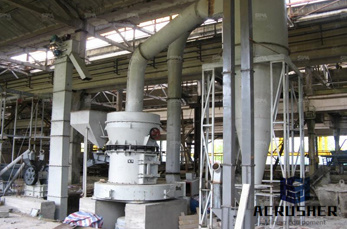
Sep 17, 2013· The Benefits and Limitations of Machining With an Angle Head Originally titled ''Angling for Efficiency on Complex Geometries'' Far from being outdated by the latest machine tool technology, angle heads often prove an ideal complement by pushing donein .

Mar 04, 2016· The milling process is done by the machine, which hold bot the tool and work piece in jig and fixture, known as milling machine. There are two ways to cut the material from the work piece through milling machine. First one is named as conventional milling or Up milling and the other one known as climb milling or down milling.

Milling machine another most important machine tool after the Lathe machine tool and drilling machine.. In this machine, a multipoint cutter is rotating against the workpiece and material removed from the workpiece accordingly.. In today''s article, you will learn about the definition, parts, types, and operation of a milling machine, also at the end of the article, I will add the ...

Jun 26, 2017· 1 Asphalt Milling. Asphalt milling is easy to confuse with pulverizing, since both fundamentally involve pulling up and crushing existing pavement. Milling, however, is a recycling and repaving procedure, aimed at removing the top layer of asphalt from a street, parking lot or driveway without disturbing the subbase.
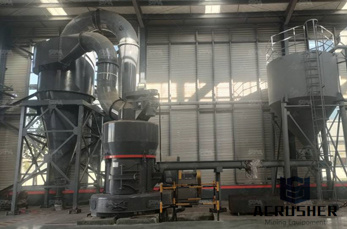
Basic Of Milling – Up Milling and Down Milling Milling is a process of producing flat and complex shapes with the use of multipoint (or multitooth) cutting tool. The axis of rotation of the cutting tool is perpendicular to the direction of feed, either parallel or perpendicular to the machined surface.

Compare up or conventional milling and down or climb milling. ... peripheral milling can be classified into two groups—up milling and down milling. Each of them has specific advantages and disadvantages, as illustrated below. Various similarities and differences between up milling and down milling are given in table format in the following ...

This gradual increase in thrust has advantages for the sharpedged tooth. This type of milling, the cutter has the tendency to pull away the workpiece, so it is also called up milling. The cutting at starting very light so that teeth slide across the surface. The sliding and biting behavior cause poor surface finish.
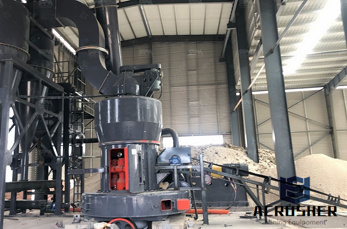
Introduction to Milling Tools and their Application Identification and application of cutting tools for milling The variety of cutting tools available for modern CNC milling centers makes it imperative for machine operators to be familiar with different types of milling cutters and how they are applied to everyday milling processes.

Face milling with a very high feed per tooth (up to 4 mm/tooth) is possible when using cutters that have small entering angles or when using round insert cutters, due to their chip thinning effect. Although the depth of cut is limited to less than mm, the extreme feed makes it a highly productive milling method.
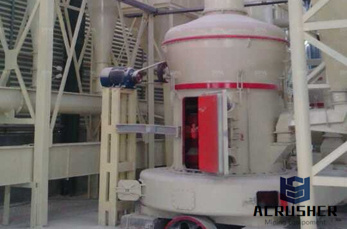
Down milling is always the preferred method but in some cases it might be more beneficial to use up milling. Learn the advantages and disadvantages of down and up milling.
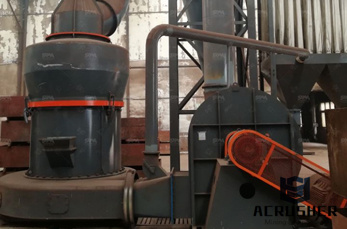
Cutting Tools; Cutting Tool Applications Chapter 12: Milling Cutters and Operations. Milling is a process of generating machined surfaces by progressively removing a predetermined amount of material from the workpiece, which is advanced at a relatively slow feedrate to a milling .

Advantages of an up cut milling Products. As a leading global manufacturer of crushing, grinding and mining equipments, we offer advanced, reasonable solutions for any sizereduction requirements including, Advantages of an up cut milling, quarry, aggregate, and different kinds of minerals.
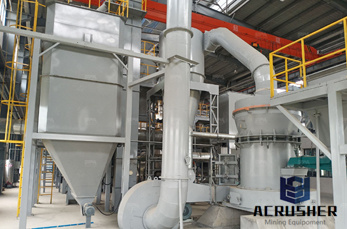
Milling is one of the most common types of machining methods. For roughing or finishing parts of different structures, it is mostly done by end milling. According to the moving direction of the cutting edge and the workpiece is opposite or the sam...

Milling is the most common form of machining, a material removal process, which can create a variety of features on a part by cutting away the unwanted material. The milling process requires a milling machine, workpiece, fixture, and cutter. The workpiece is a piece of preshaped material that is secured to the fixture, which itself is attached ...

May 18, 2018· Up milling or down milling? Down milling is a better choice than up milling as we get the best finishing surface as well as there is less heat generation. But in some exceptional conditions you have to use up milling. In this article, we have learnt about the difference between up milling and down milling . Hope this article will help you.

Jun 20, 2014· Flour Milling in the Queen City Buffalo History Works. The history ofmilling in this country shows that the mills have located where the wheat grew, taking advantage of .

Jun 18, 2014· The Benefits of Horizontal Machining. Advance first invested in horizontal machining in order to simplify setups so that less experienced employees could oversee highvalue work. But the benefits only began there. The shop has since transitioned almost all of its machining center work to horizontals, because of additional benefits such as these: 1.

"With a horizontal mill, the spindle points horizontally, which means that the surface the workpiece is mounted on is vertical; so it takes more effort for the operator to load or unload," notes Juras. "But there are advantages and disadvantages to each configuration beyond ease or difficulty of use."

Jul 20, 2019· A ball mill also known as pebble mill or tumbling mill is a milling machine that consists of a hallow cylinder containing balls; mounted on a metallic frame such that it can be rotated along its longitudinal axis. The balls which could be of different diameter occupy 30 50% of the mill volume and its size depends on the feed and mill size.

Dec 04, 2006· I assume you mean conventional milling (mill turn causes teeth to cut with travel, tooth moves "up" through material), as opposed to climb milling (mill turn causes teeth to cut against travel, mill tooth cuts "down" through the work). With conventional milling, the chip starts infinitely thin and gradually gets thicker.

Mar 22, 2018· Advantages and Disadvantages of Up Milling and Down Milling (Conventional vs Climb) Advantages of Conventional Milling (Up Milling): The width of the chip starts from zero and increases as the cutter finishes slicing. The tooth meets the workpiece at the bottom of the cut. Upward forces are created that tend to lift the workpiece during face ...
 WhatsApp)
WhatsApp)